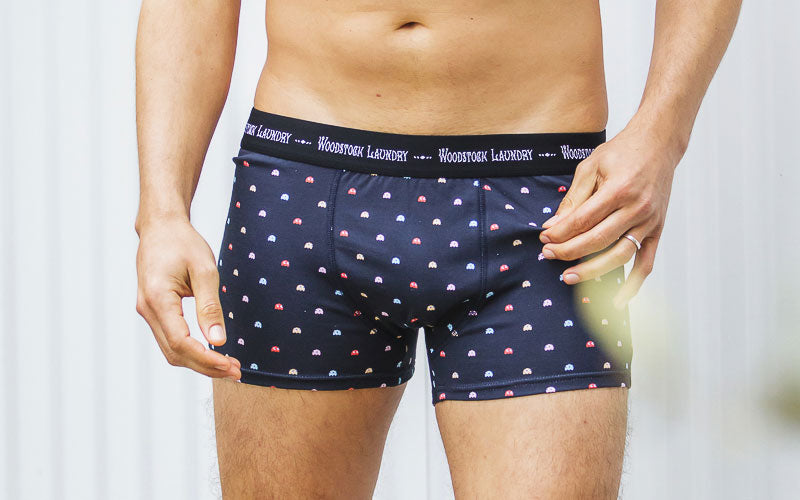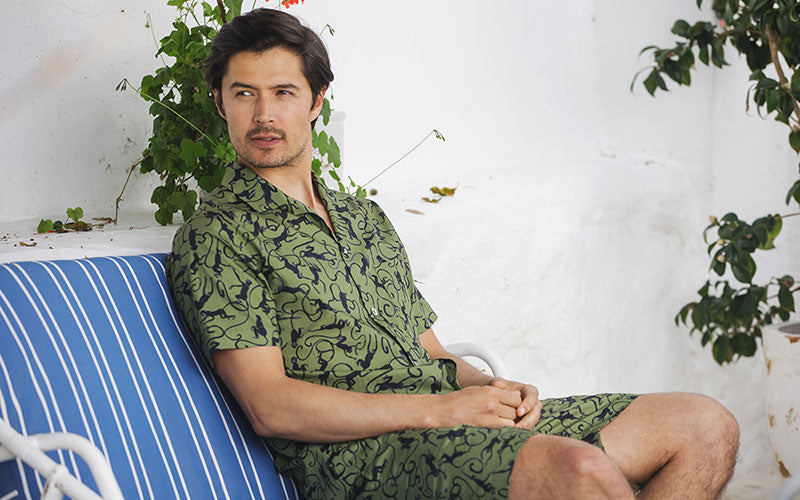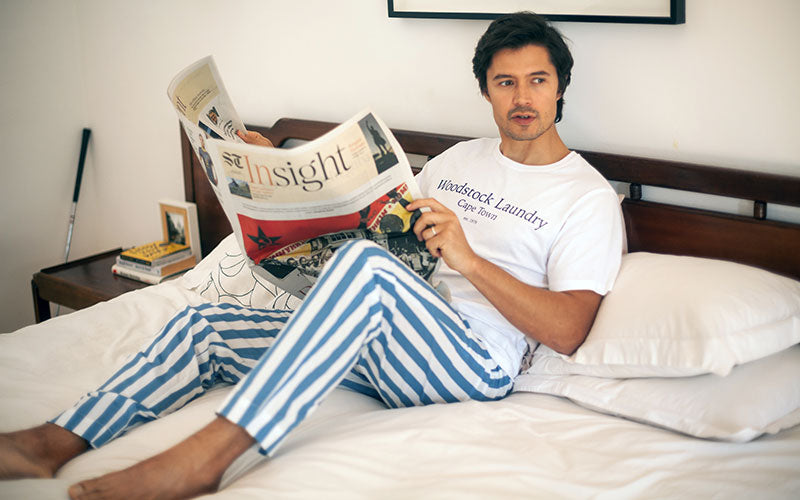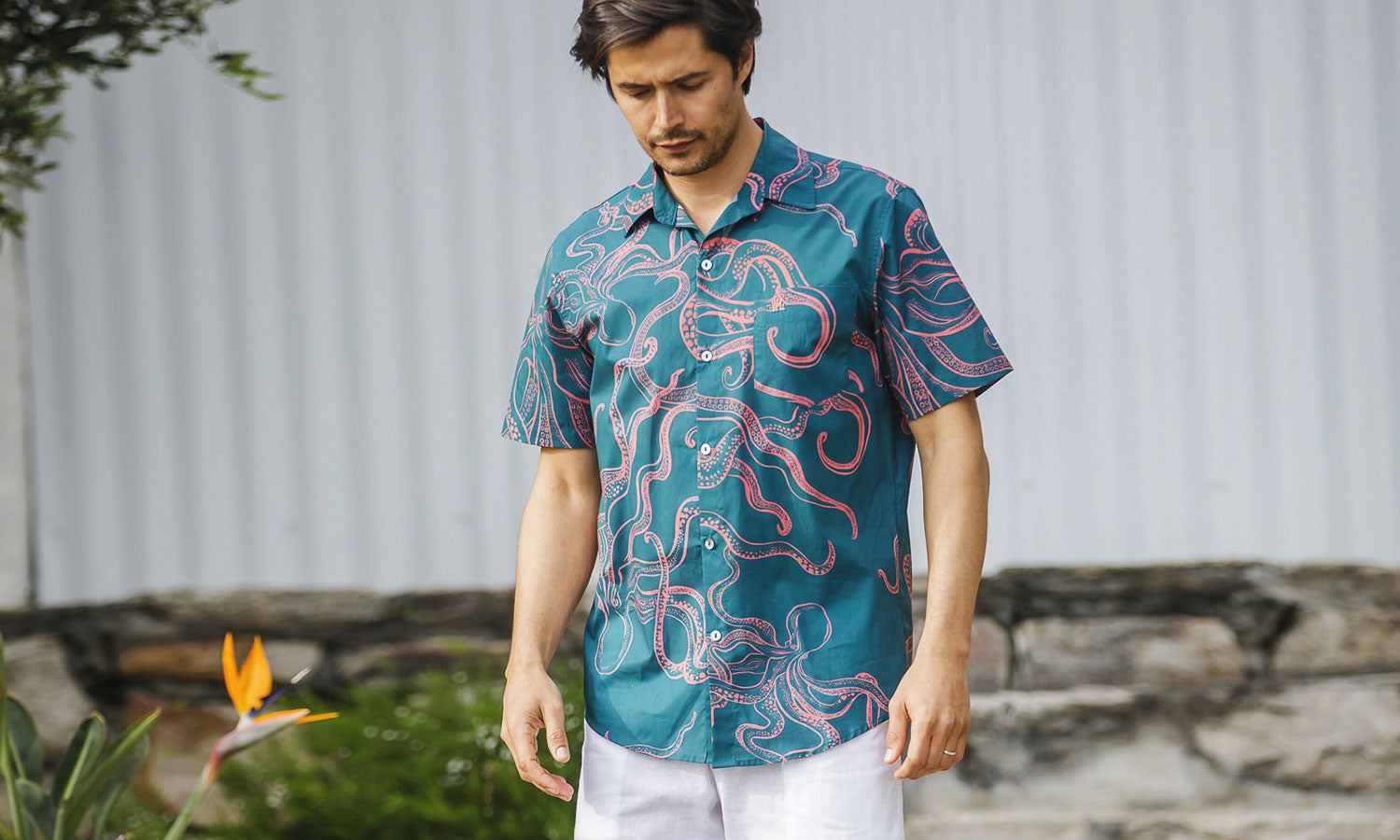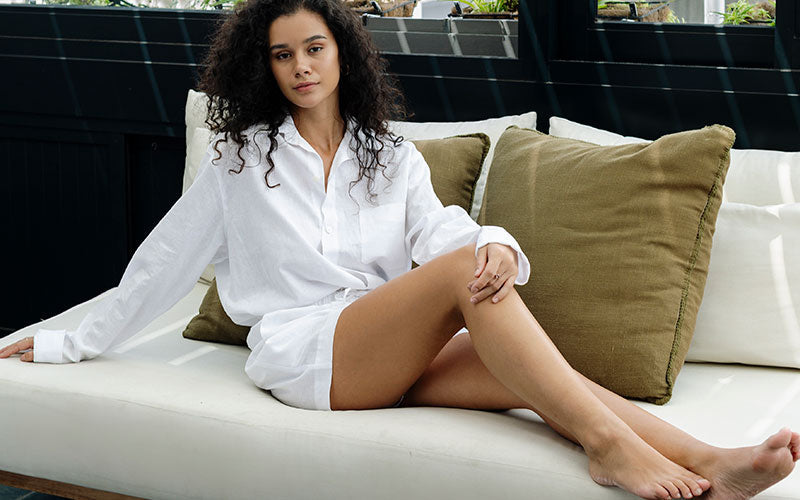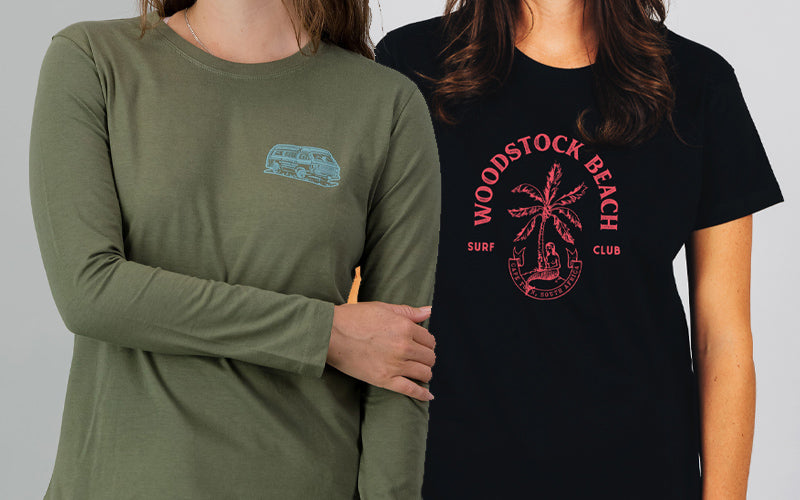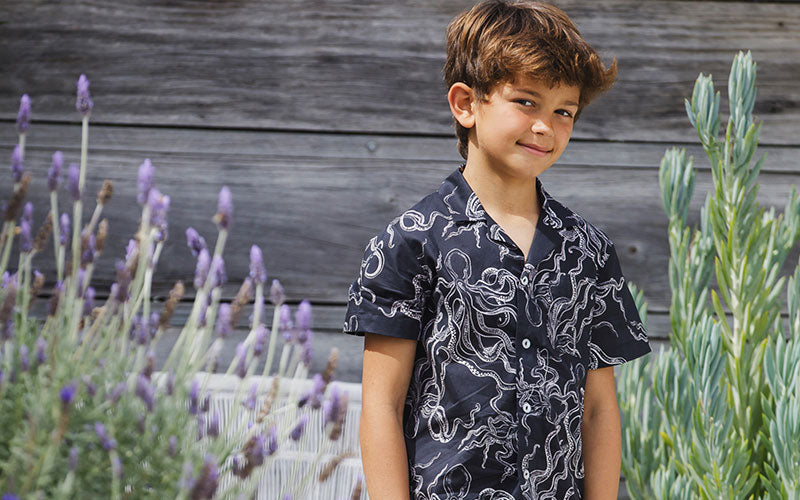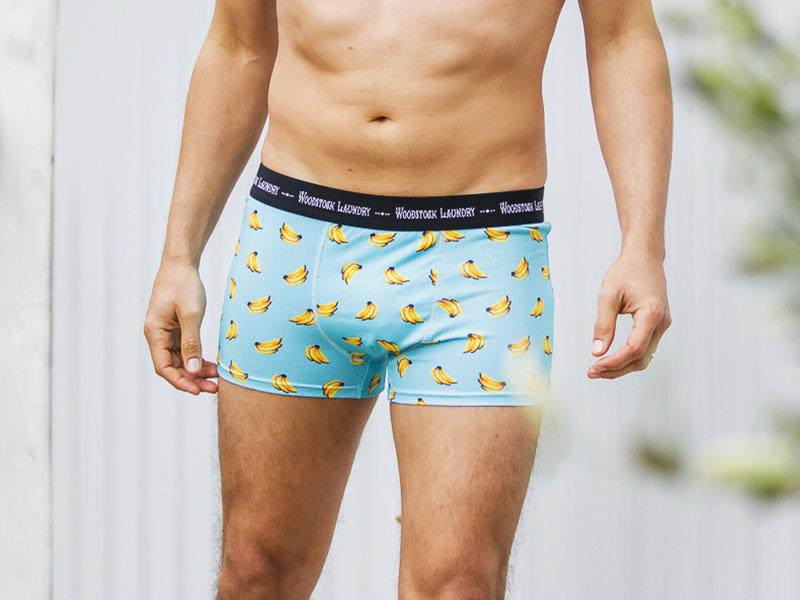Boxer briefs, a popular style of men's underwear today, represent a unique blend of the traditional boxer shorts and the snug-fitting briefs. To understand their evolution, one must delve into the history of men’s undergarments, highlighting changing fashion norms, cultural shifts, and technological advancements in fabric production.
Early Underwear to Mid-20th Century
The origins of men’s underwear can be traced back to ancient civilisations. For example, in ancient Egypt, men commonly wore a simple loincloth, which provided minimal coverage and maximum comfort in the heat. Fast forward to the 19th century, when the industrial revolution brought significant changes to clothing production and styles. The introduction of cotton and other fabrics provided better options for undergarments than the previously predominant wool, leading to more comfortable options for men.
During the late 19th century, the introduction of the union suit, a one-piece garment, became popular among men and was a precursor to modern underwear. While the union suit covered the entire body, it gradually evolved as men sought more functionality and comfort. Eventually, the union suit began to be split into pieces, giving rise to the modern styles of underwear.
Emergence of Boxers and Briefs
The 1920s saw the introduction of the first boxer shorts, inspired by the shorts worn by boxers in the ring. Designed for greater freedom of movement, boxers were typically made from soft cotton fabric, characterised by their loose fit and longer leg. This style was well-received as it allowed for airflow and comfort, particularly during physical activity.
Simultaneously, briefs emerged as a response to the need for more supportive underwear. Introduced in the 1930s, briefs were designed for a snug fit, providing support while allowing for ease of movement. Their minimalist design and functional attributes catered to the changing attitudes toward masculinity and body image during this era. Briefs were soon adopted as an essential part of men’s wardrobes, especially after being popularised in advertisements and Hollywood films.
Birth of the Boxer Brief
The hybrid style known as boxer briefs emerged in the late 1980s. This combination aimed to provide the best of both worlds: the support of briefs and the coverage of boxers. The precise origins of boxer briefs are somewhat unclear, but some credit their creation to the brand Jockey, which introduced a style called "Jockey® Boxer Brief" in 1990. This style quickly gained traction due to its comfort and versatility, particularly appealing to a younger demographic engaged in sports and physical activities.
The rise of boxer briefs marked a significant shift in men's underwear fashion. No longer content with the restrictive nature of traditional underpants or the loose fit of boxers, men found a new appreciation for the tight-fitting, form-flattering design of boxer briefs. They offered support and comfort without sacrificing style, making them suitable for everyday wear and athletic activities alike.
Cultural Influences
The late 20th and early 21st centuries revealed an expanding cultural significance surrounding men’s underwear. Boxer briefs emerged as a symbol of modern masculinity, representing a blend of comfort, sex appeal, and practicality. This stylistic evolution coincided with broader cultural factors, such as marketing campaigns that portrayed confident, fit men in boxer briefs, further solidifying their status in popular culture.
Brands such as Calvin Klein played a vital role in popularising boxer briefs through clever advertising, positioning the garments as an essential element of a man’s wardrobe. Their campaigns often featured famous models and athletes, such as Mark Wahlberg and, later, David Beckham, capturing a blend of strength and style that resonated with consumers.

Technological Advances
The evolution of boxer briefs is also tied to advancements in textile technology. The introduction of synthetic fabrics such as elastane (often branded as Lycra or Spandex) in the mid-20th century revolutionised the underwear industry. These stretchy materials ensured a snug fit while allowing for breathability and moisture-wicking properties. This was particularly beneficial for athletic boxer briefs designed for sports and physical activities.
Moreover, innovations in fabric treatments have led to the development of options like anti-odour and antimicrobial properties, further enhancing comfort. These functional advancements cater to the modern man’s active lifestyle, addressing concerns around sweat and odour.
Today’s Boxer Briefs
Today, boxer briefs remain one of the most favoured styles of men’s underwear, available in various materials, colours, and designs. From classic cotton to performance fabrics that wick away moisture, men now choose boxer briefs that best fit their lifestyle and preferences, whether for everyday wear, sports, or special occasions.
